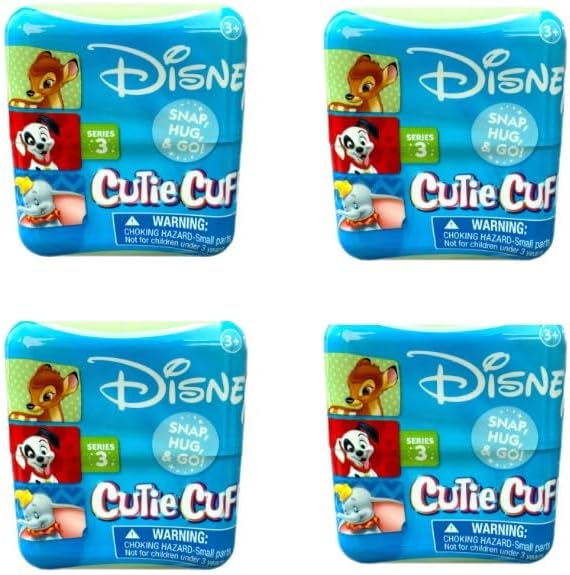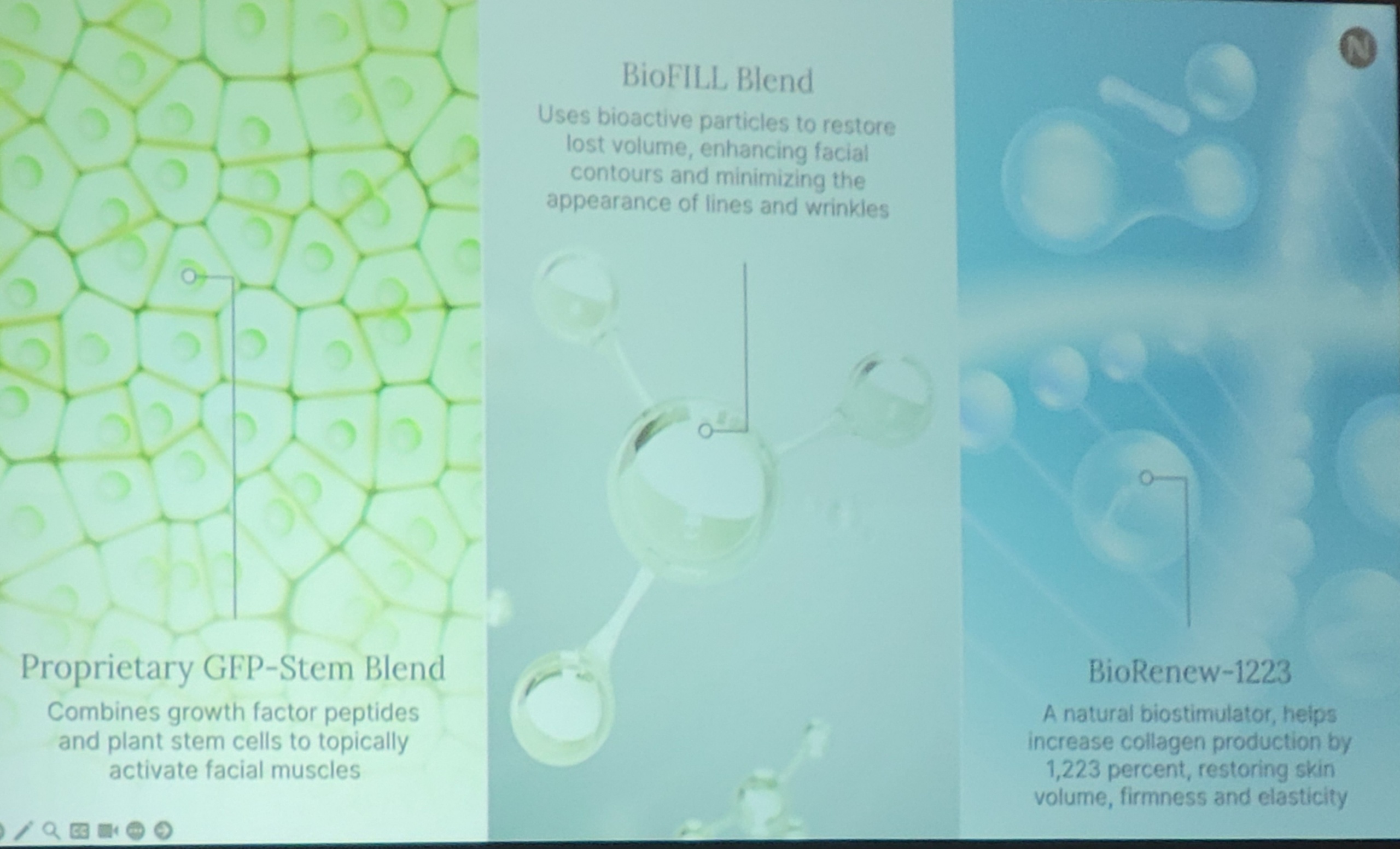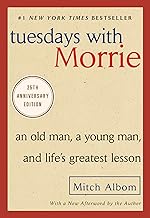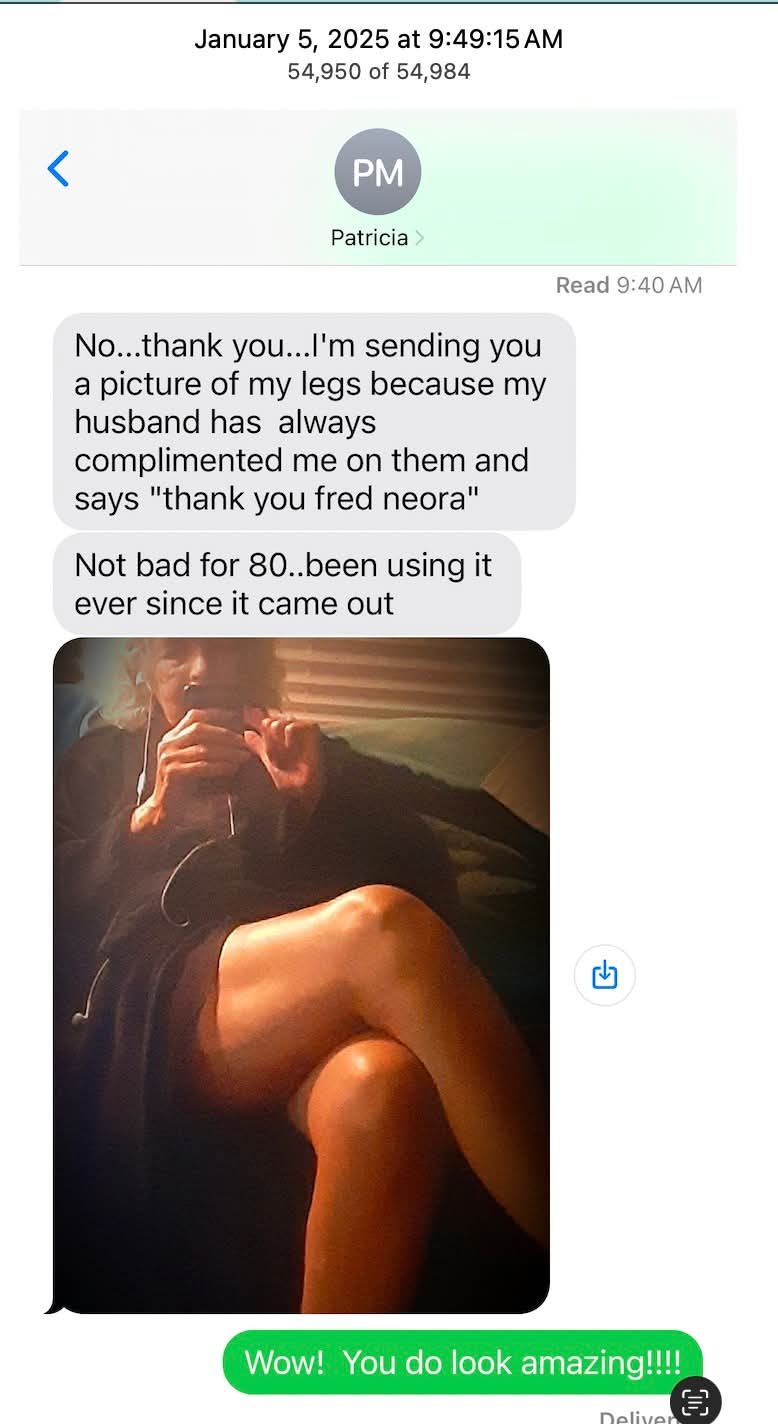In the ever-evolving digital landscape, where smart homes, remote work, 4K streaming, online gaming, and dozens of connected devices are the new normal, your internet connection needs to be more than just “good enough.” It’s time to talk about the Wi-Fi 7 Router that doesn’t just keep up but leads the charge into the future. #ad
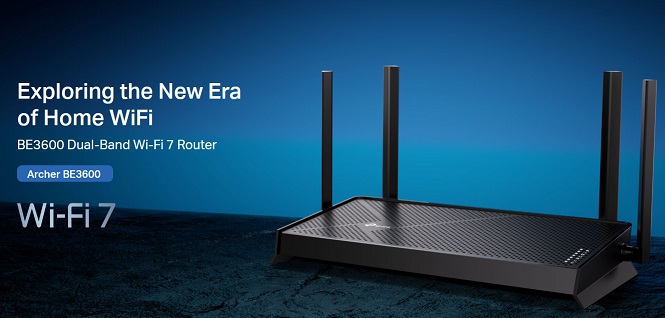
Introducing the TP-Link Dual-Band BE3600 Wi-Fi 7 Router Archer BE230 a powerful, feature-packed solution for anyone ready to supercharge their network with blazing speeds, bulletproof reliability, and next-level connectivity.
What Is the TP-Link BE3600 Wi-Fi 7 Router?
The BE230 isn’t just another upgrade. It’s TP-Link’s answer to the increasing demands of high-speed, high-efficiency connectivity. Leveraging Wi-Fi 7 router technology, the Archer BE230 delivers next-gen dual-band performance with up to 3.6 Gbps total bandwidth, combining cutting-edge hardware with advanced software features that offer a seamless, secure, and smart internet experience.
Let’s break down exactly what makes this router a game-changer and why you’ll want one in your home today.
1. Wi-Fi 7 Performance: The Future of Wireless Speed
The highlight feature of the BE230 is its support for Wi-Fi 7 Router, the newest and most advanced generation of wireless networking. This isn’t just incremental improvement; it’s a leap forward.
What Wi-Fi 7 Means for You:
- Higher Throughput: Up to 3.6 Gbps means buttery-smooth 4K/8K streaming, real-time gaming with zero lag, and lightning-fast file transfers. #commissionsearned

- Lower Latency: Crucial for gamers and video conferencing, Wi-Fi 7 significantly reduces lag and buffering.
- More Devices, Less Congestion: Thanks to 4-stream architecture and advanced technologies like Multi-Link Operation (MLO), the BE230 handles many simultaneous connections without breaking a sweat.
You’ll not only see the difference, but you’ll also feel it in every download, video call, and gaming session.
2. High-End Hardware for High-End Needs
The Archer BE230 isn’t just fast because of the Wi-Fi protocol. Under the hood, it’s a beast.
- 2.0 GHz Quad-Core Processor: Designed to handle heavy workloads, this CPU ensures your router doesn’t slow down, even during peak usage hours.
- 4 External High-Gain Antennas: Maximize coverage and signal strength throughout your home. Whether you’re upstairs, downstairs, or outside on the deck, you stay connected.
- 2× 2.5 Gbps Ports + 3× 1 Gbps Ports: Unleash ultra-fast wired speeds. Perfect for gaming consoles, streaming boxes, or your main PC.
- USB 3.0 Port: Share files and media across your network with blazing-fast USB storage access.
This Wi-Fi 7 Router doesn’t just cover your house, it powers it.
3. Smart Features That Make Life Easier
Not all routers are built equal when it comes to user experience. TP-Link has packed the BE230 with smart, intuitive features that simplify setup, security, and management.
Easy Mesh Compatibility
Say goodbye to dead zones. Easy Mesh support allows the BE230 to seamlessly integrate with other Easy Mesh compatible devices, creating a powerful mesh network that blankets your entire home in consistent, high-speed Wi-Fi.
TP-Link Homeshield Security
Your data is valuable. The BE230 includes Homeshield, a suite of advanced security features that protect your network and connected devices:
- Real-time IoT threat protection
- Parental controls with time limits and content filters
- Network security scans
- QoS (Quality of Service) to prioritize bandwidth for devices and applications
VPN Client & Server
Privacy conscious users and remote workers rejoice! The built-in VPN Client and Server functionality lets you connect to a secure network from anywhere or host your own secure connection on your new Wi-Fi 7 Router. Whether you’re working from home or just want to stream, the BE230 has your back.
4. Seamless Setup and Control
With the TP-Link Tether app, setting up and managing your Wi-Fi 7 Router is refreshingly simple, even for non-techies.
In just a few taps, you can:
- Set up your network
- Monitor device activity
- Configure parental controls
- Prioritize devices for streaming or gaming
- Get real-time alerts and reports
- Learn more here…
Say goodbye to confusing router interfaces. Say hello to control at your fingertips.
5. Built for Homes of All Sizes and Tech Levels
Whether you live in a small apartment or a multi-floor house, the BE230 adapts to your needs. With strong signal output, smart coverage features like beamforming, and Easy Mesh compatibility, this router can easily scale with your space and connected device count. Do you have smart TVs, tablets, security cameras, gaming consoles, and a dozen phones? No problem. The BE230 handles multi-device environments with poise and power, all while maintaining smooth performance. You’re going to love your new Wi-Fi 7 Router, if you need the change from outdated to new technology.
6. Energy Efficient and Future-Ready
Wi-Fi 7 Router technology isn’t just about speed, it’s also smarter with power usage. The BE230 uses intelligent algorithms and scheduling to optimize performance while reducing unnecessary power draw. It’s built to be efficient, scalable, and forward-compatible. So even if you’re not using Wi-Fi 7-capable devices yet, you’re investing in a router that’s future proof for when you inevitably do.
Who Should Buy the TP-Link BE230 Wi-fi 7 Router?
Let’s put it plainly: This router is built for people who expect the best.
- Gamers who need ultra-low latency and reliability.
- Remote workers who rely on video calls, cloud storage, and VPN access.
- Families with multiple users streaming, downloading, and playing at the same time.
- Tech-savvy enthusiasts who want to stay ahead of the curve with the latest wireless standard.
- Anyone sick of lag, buffering, or dead zones.
If you care about your internet experience, this is the upgrade you’ve been waiting for.
Final Thoughts: Why Now Is the Time to Upgrade
In a world where your Wi-Fi is the backbone of your home, don’t settle for outdated, underpowered routers that can’t keep up. The TP-Link Dual-Band BE3600 Wi-Fi 7 Router Archer BE230 is more than just fast, it’s smart, secure, scalable, and built to lead the next era of connectivity.
Why struggle with dropped signals, laggy games, and endless buffering when the solution is this simple? #ad
Click the button below to get your TP-Link BE230 Wi-fi 7 Router today and experience what it means to have truly next-generation Wi-Fi.
Your future-proof, high-performance home network starts now.
“As an Amazon Associate, I earn from qualifying purchases.”

